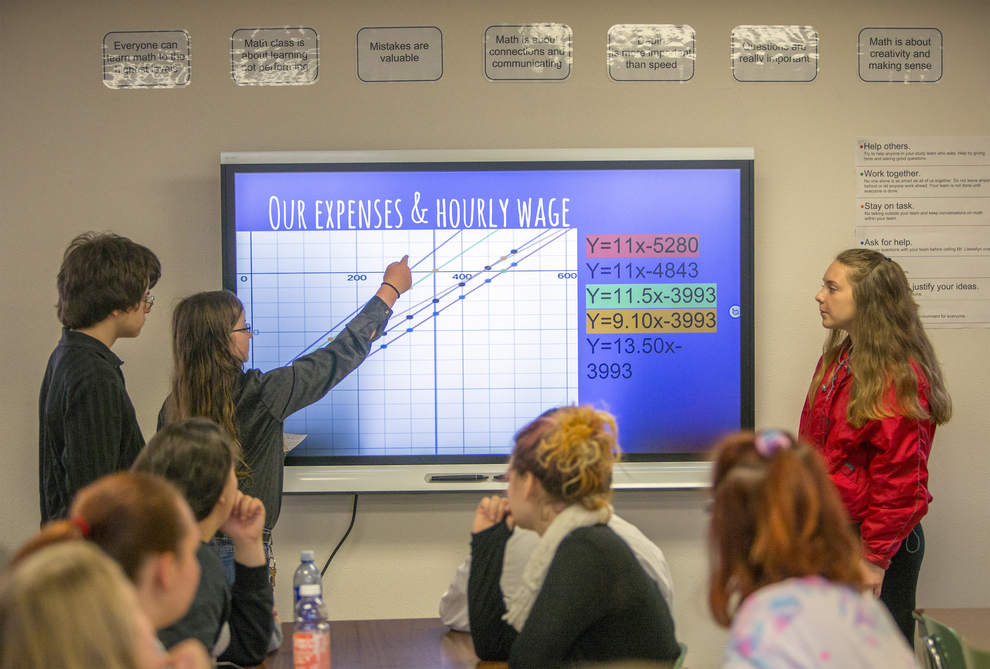Lowell is a part of this amazing program. This is an excellent opportunity for both students and staff. Read on to see one more way that Lowell is preparing our students for both college and career!
By Sherri Buri McDonald
The Register-Guard
Oct. 2, 2017
After years of trying to boost its visibility, especially among the young workers it needs for future growth, the Eugene-Springfield tech industry is finally starting to get the attention of local high school students.
A big part of area tech firms’ recent “coming out” has been “inviting in” local students — and their teachers.

